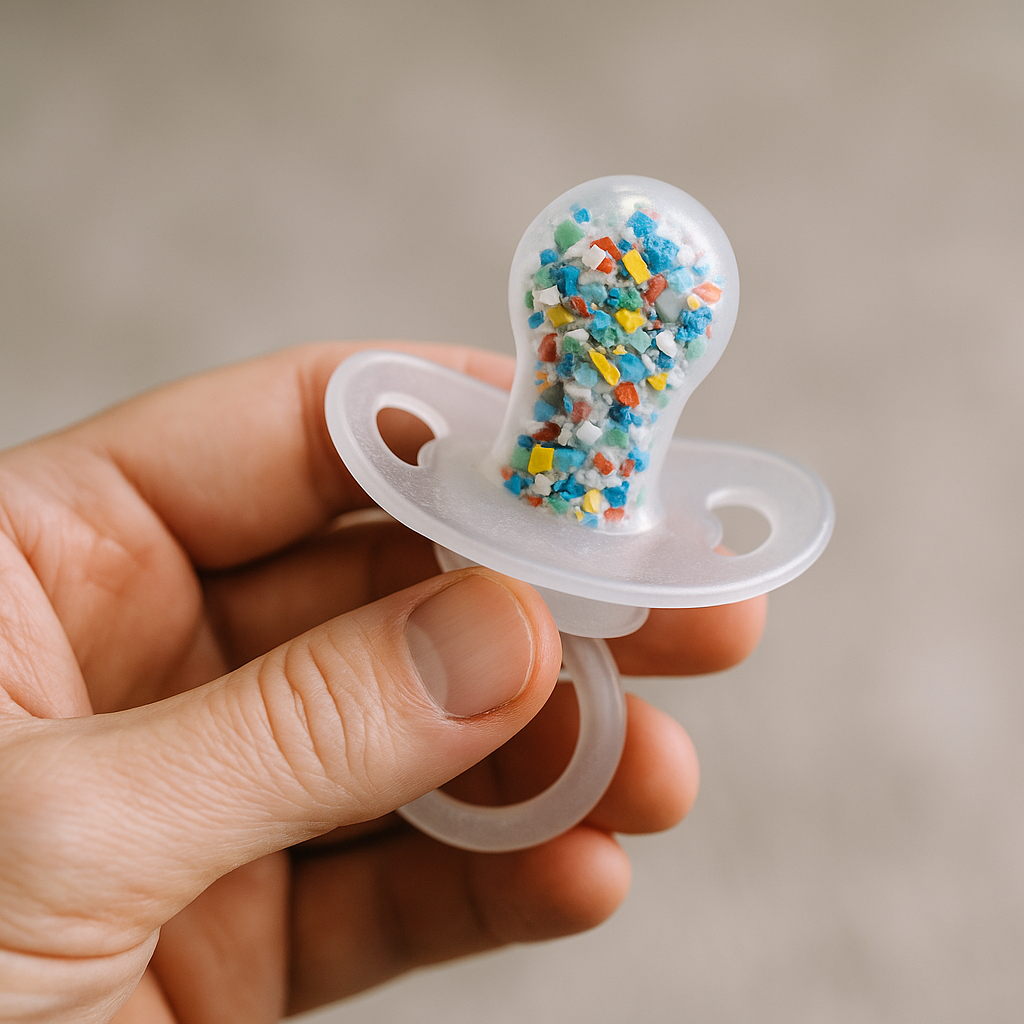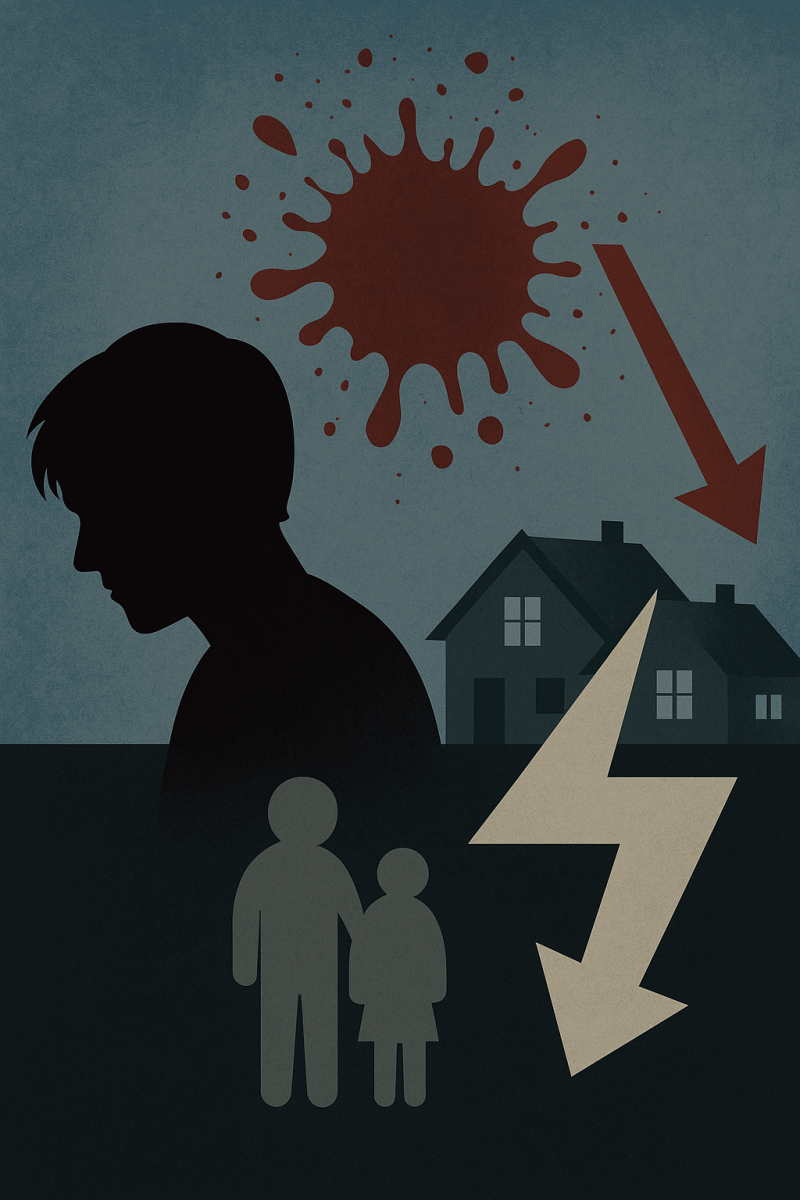Once the sun goes away and the weather starts to hit rock bottom, 30 million people across the nation start hitting up their local tanning salons; with 2.3 million being teenagers. The appeal of tanning beds is extremely high for teenage girls who desire to be tan again, despite the detrimental health risks it causes to the skin. Many factors are involved in the safety of using tanning beds, and a lot of rumors surround what effects it causes on the skin. Not only can tanning beds cause different types of cancer, they can also cause serious burns, not allow the body to get enough Vitamin D, and create a real addiction.
Tanning beds utilize ultraviolet (UV) rays to mimic the effects of tanning naturally. Two different types of UV rays surface when tanning in a salon or the backyard- UVA and UVB rays. UVB rays play a large role in causing skin cancer and sunburn. Similarly, UVA rays tend to not only be a leading agent in causing cancer, but they also penetrate the skin and cause aging. Both rays are dangerous to the skin, ultimately causing aging, wrinkling, cancer, and sunburn.
“There are approximately 500 times more UVA rays in sunlight than UVB rays. Therefore, in addition to protecting your skin from the effects of UVB rays, it is also essential to protect from the damaging effects of the more numerous UVA rays. Traditional chemical sunscreen products have been more successful at blocking UVB rays than UVA rays.” University of Iowa Health Care said.
The attraction of tanning beds is high for young women, especially during the prom season. Even though the amount of people utilizing tanning beds rises during the dance season, many people have created a tanning addiction. It has been seen around the internet that people will start fake tanning to get a “base layer” tan a week before their vacation. The rise of women attending tanning beds for unnecessary events is what can create a tanning addiction.
“Tanning addictions are definitely real. Although I think that it’s more within the older generation rather than people our age. Right now it just feels like a trend, less than a true addiction.” Vienna Horvath ‘25 said.
Many myths surround the rising use of tanning beds. Despite what many people believe, many tanning salons provide customers with false information about health risks and make claims that tanning beds are healthy for you. Tanning both indoors and outdoors is bad for your skin, causing it to age much quicker than normal. While there is a false appeal that tanning beds will give the skin a healthy glow, it is shown that UV rays generally cause the skin to become dehydrated.
While it may seem important to have a tan all year round, it truly is not worth the effects it can have on the body. There are many ways to get a quick tan, and tanning beds are among the most harmful options. Instead of going to a local tanning salon, consider other ways to get a glowy tan.
Other Forms of Tanning.
Spray tans, bronzing lotions, tanning beds, and natural sunbathing are all ways to achieve a glowy tan. Along with tanning beds, repetitive exposure to spray tanning is also extremely unhealthy for the skin. While it is the most effective way to tan without getting awkward lines or dark spots, the spray is very abrasive to the skin. Bronzing lotions are very popular for many people, but mainly appear blotchy and only stay on temporarily. These lotions are unharmful to your skin, and virtually the best option for needing a fake tan; however, it is important to remember that applying a bronzing lotion correctly is difficult to achieve. Natural sunbathing is the classic way of achieving a suntan while giving your body a boost of vitamin D. Laying in the sun without sunscreen or other forms of protection can cause sun burns, aging, wrinkling, and skin cancer. It is important to choose what tanning system works best, while also being aware of all the health risks.































